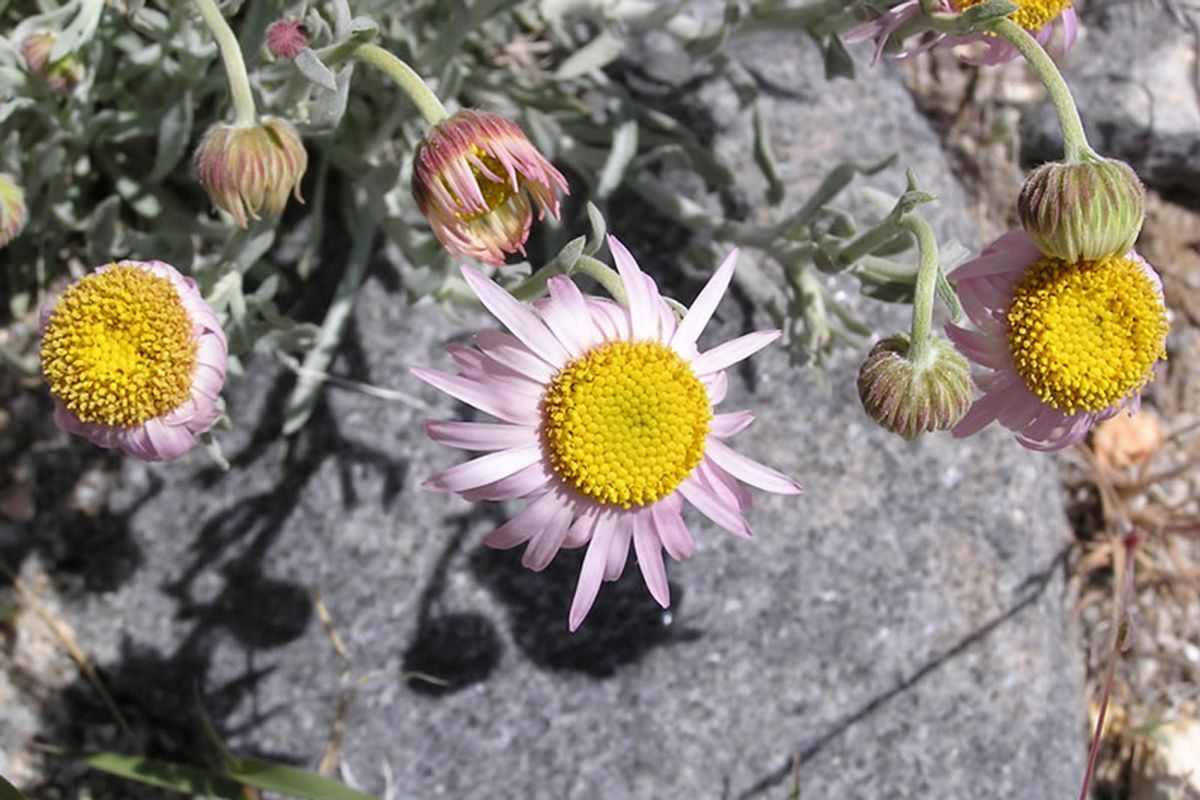Last week the Bureau of Land Management announced protections for a quartet of rare plants in the San Bernardino National Forest in Southern California. The four plants exist in a part of the forest known as the Carbonate Habitat Management Area because it exists in carbonate rich soil over ancient coral reefs.
All of the newly-protected plants are wildflowers. These include the Cushenbury oxytheca (A. p. var. goodmaniana), Parish’s daisy (Erigeron parishii), the Cushenbury milk-vetch (Astragalus albens) and the Cushenbury buckwheat (Eriogonum ovalifolium var. vineum). The wildflowers in question depend on the calcium carbonate in the soil in order to grow, but this has put them at potential risk because that same calcium carbonate can be used in common products like cement, toothpaste and medicines. As a result, the Bureau of Land Management has designated that for 50 years this area cannot be used for mining. The protected region includes 2,841 acres of withdrawn National Forest System lands and 280 acres of withdrawn non-federal lands within forest boundaries.
“This mining withdrawal is a key step in protecting these highly restricted rare and endangered plants, whose habitat has already been significantly reduced by mining,” Aaron Sims, rare plant program director at the California Native Plant Society, told the Center for Biological Diversity. “High-grade calcium carbonate can be found in many other places, but the only place on the planet where these special plants live is confined to a small area in Southern California, primarily on the northern slopes of the San Bernardino Mountains.”



Shares